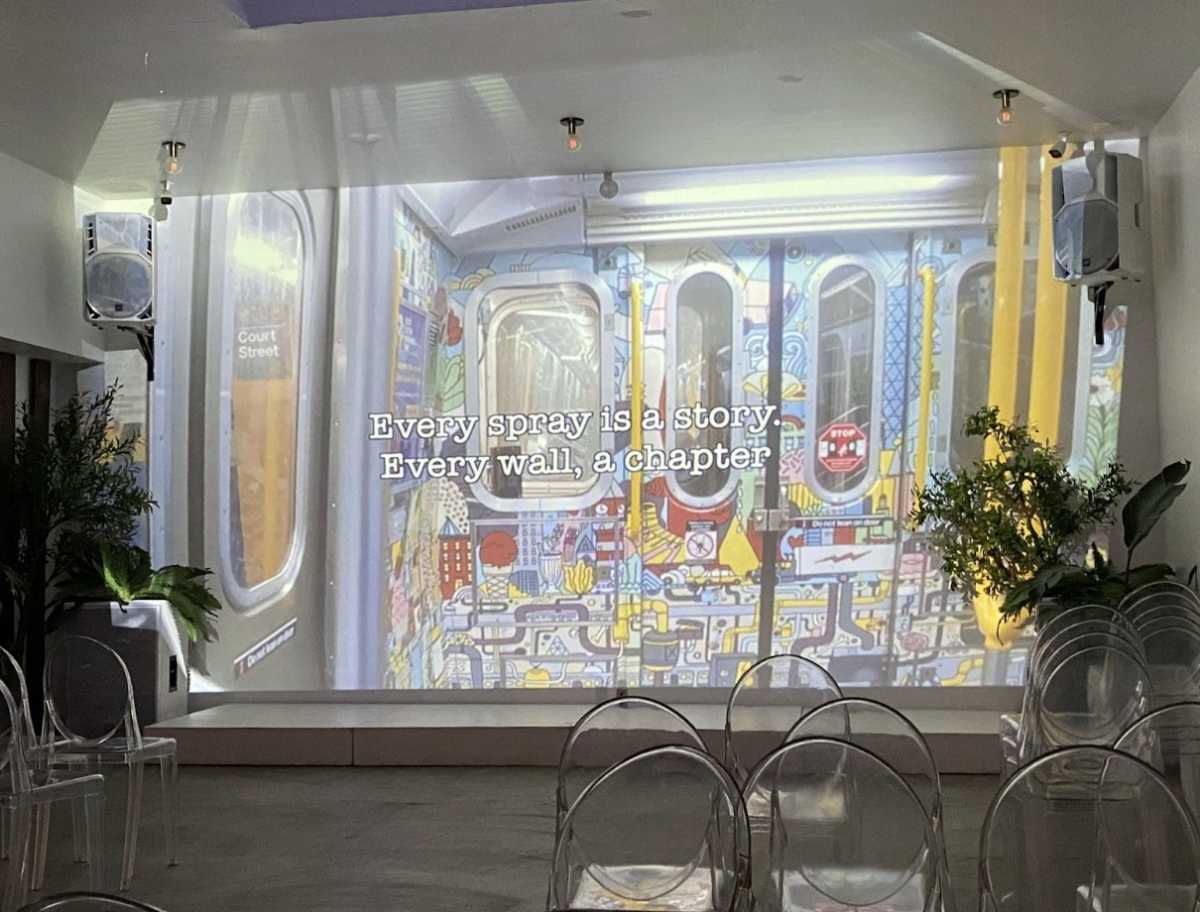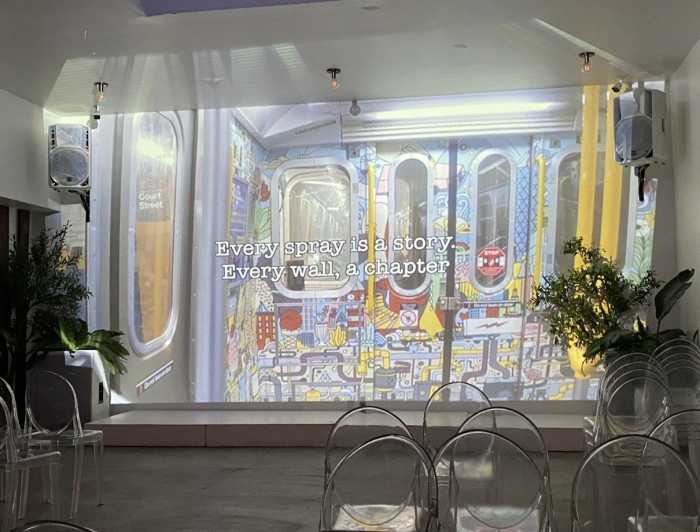
No mistaking the stacks of cartons: Milton Glaser is packing up his Manhattan studio and putting the famous building up for sale.
Glaser has designed or influenced hundreds of posters, publications, restaurants, and other interiors. If you remember only Glaser’s psychedelic Bob Dylan poster, his revolutionary design for New York Magazine or his “I kNew York” logo, you’d glimpse his global impact.
“It’s time,” he said, over lunch at his studio, referencing his recent hospital stay induced by renal failure, and his approaching 90th birthday. “You have to plan for the end.” He believes selling the building on East 32nd Street would provide enough to support favorite charities and all he and his wife, Shirley, will need.
I can’t speak for the students he’s taught or mentored at the School of Visual Arts in Manhattan, but he’s had an impact on my life.
I’ve interviewed Glaser only once for publication. Our occasional lunches over decades have been casual affairs. We’d talk mostly about politics, literature, philosophy or family. Returning to my desk, I’d be in something of a zone — time with him, no matter what our conversation was about, was somewhat catalytic, gliding me past barriers we’d never discussed.
Glaser co-founded the Push Pin design studio in 1954 and stayed for two decades. In 1975, he opened his own firm, holding fast to the belief in the importance of being a good citizen, of using creative gifts in ethical ways.
“Your work has consequences,” he told me repeatedly. “Life isn’t just about you. You’re part of a community.”
The building that houses Glaser’s studio was built in 1902 as the base for the Tammany Central Association, an offshoot of Tammany Hall, the infamous Manhattan political organization. Architect Robert T. Lyons chose a red brick and limestone French facade, with a mansard roof for his Beaux-Arts gem. Glaser said the transition will take months, possibly as long as a year. But there is no question that something important is shifting in the world of design, though the city’s booster continues to k New York.
The motto engraved on the building says “Art Is Work.” Glaser’s work is so much a part of him that he insists he’ll find some small space to continue, though in a circumscribed way.
Something like a Samuel Beckett character, he seems to say, “I must go on.”
Leida Snow is a former theater critic.






































